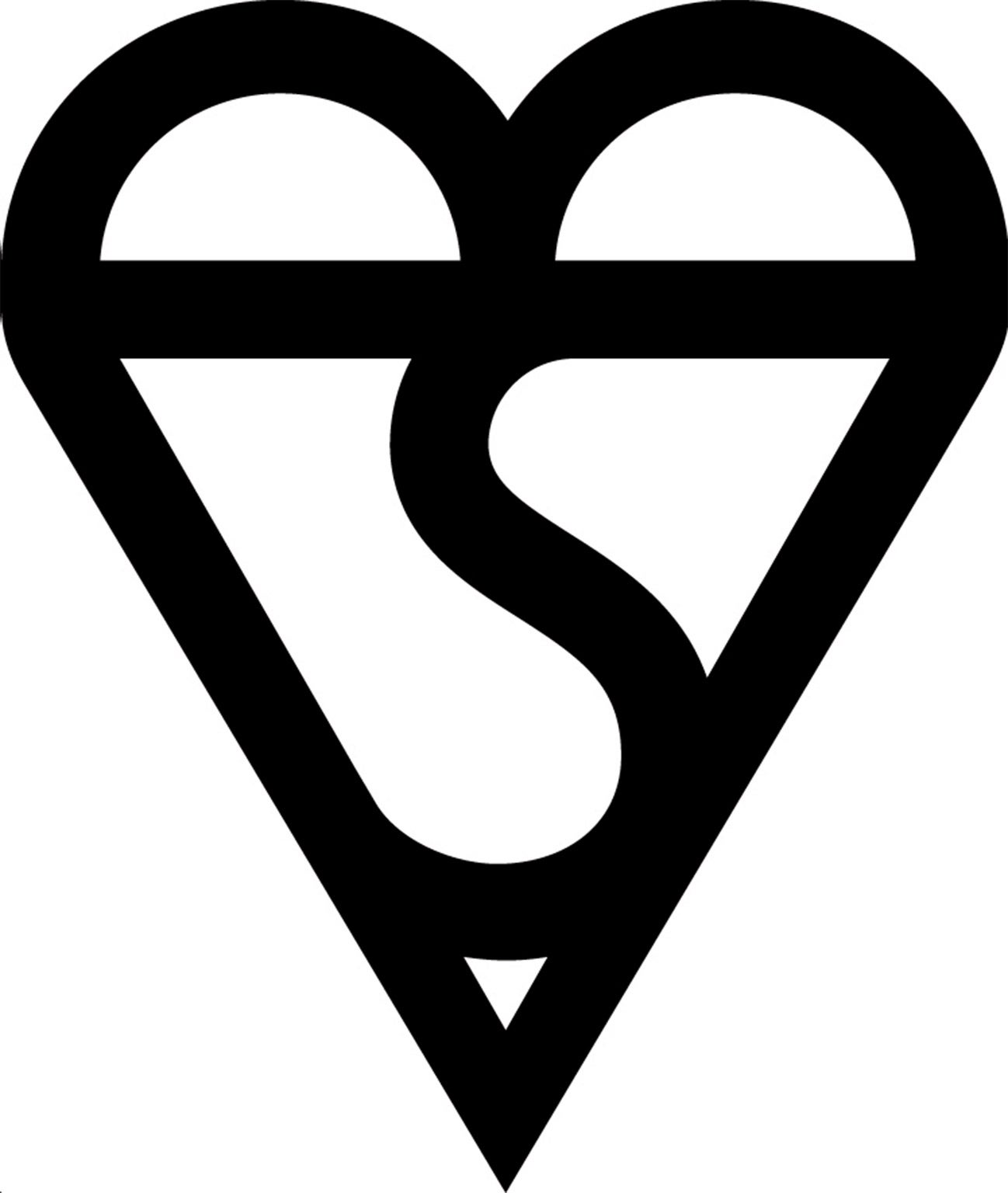British Standards enter the electronic age with new digital Kitemarks

For almost a century it has appeared with reassuring mundanity on everything from manhole covers and condoms to fire extinguishers and motorcycle helmets, comforting the consumer that the product they are about to use is safe.
Now, the British Standards Institute’s famous Kitemark logo has at last been updated for the digital age. The right to display the respected design will from today be awarded to websites and smartphone apps that are able to prove they handle the data of their customers securely.
The first products to be granted a digital Kitemark are the Barclays mobile payment service Pingit, which allows users to transfer money to each other using just a phone number, and the bank’s own mobile banking service. The logo will look just as it does in physical form.
Although the digital Kitemark is initially being piloted within the banking industry, the BSI says it hopes it will eventually be adopted by a wider range of firms.
“More and more of us are now sharing confidential information through online shopping, mobile banking, booking flights, gaming, university applications or interacting with local government,” said Maureen Sumner Smith, BSI’s UK managing director. “These behavioural changes from the physical to the digital demand the need for even more rigorous security measures.
“Many organisations have good information security processes already established, but by having their systems independently tested on a regular basis as part of the BSI Kitemark process, they can clearly demonstrate to customers their commitment to safeguarding information.”
The Kitemark is now seen so often that most people barely even notice it is there, but it was revolutionary when it was first conceived. The BSI was established in 1901 at the request of Sir John Wolfe-Barry, the civil engineer who designed London’s Tower Bridge, becoming the world’s first national standards body. It met for the first time on 22 January 1901, the day that Queen Victoria died.
The Kitemark originated in 1903 as the British Standards Mark, when it was used to identify safe tramway rails after standardisation reduced the number of sizes available from 75 to five.
But the logo as it is known it today was first used on the wonderfully dull-sounding "Vitreous Enamelled Steel Reflectors for Lighting Fittings", manufactured by the US firm General Electric, which adopted it in 1926.
By the late 1950s and 1960s the international marketplace was flooded with consumer goods, many of dubious quality. In 1953 the Kitemark was applied to domestic furniture, pressure cookers and motorcycle helmets to guide people towards well made products. There are now more than 2,500 Kitemark licences held by companies all over the world.
The logo’s move online comes as Britons increasingly turn to the internet to carry out everyday tasks. Three quarters (74 per cent) of people now use the internet to do their shopping and more than half (53 per cent) of adults now bank online, according to the Office for National Statistics.
A recent report found that around 38 million adults, or around 76 per cent of the population, go online every day –more than double the number who did so when comparable data started in 2006. Separate research carried out for the BSI found that 30 per cent of people do not trust apps as a secure way to manage their money.
Join our commenting forum
Join thought-provoking conversations, follow other Independent readers and see their replies
Comments
Bookmark popover
Removed from bookmarks